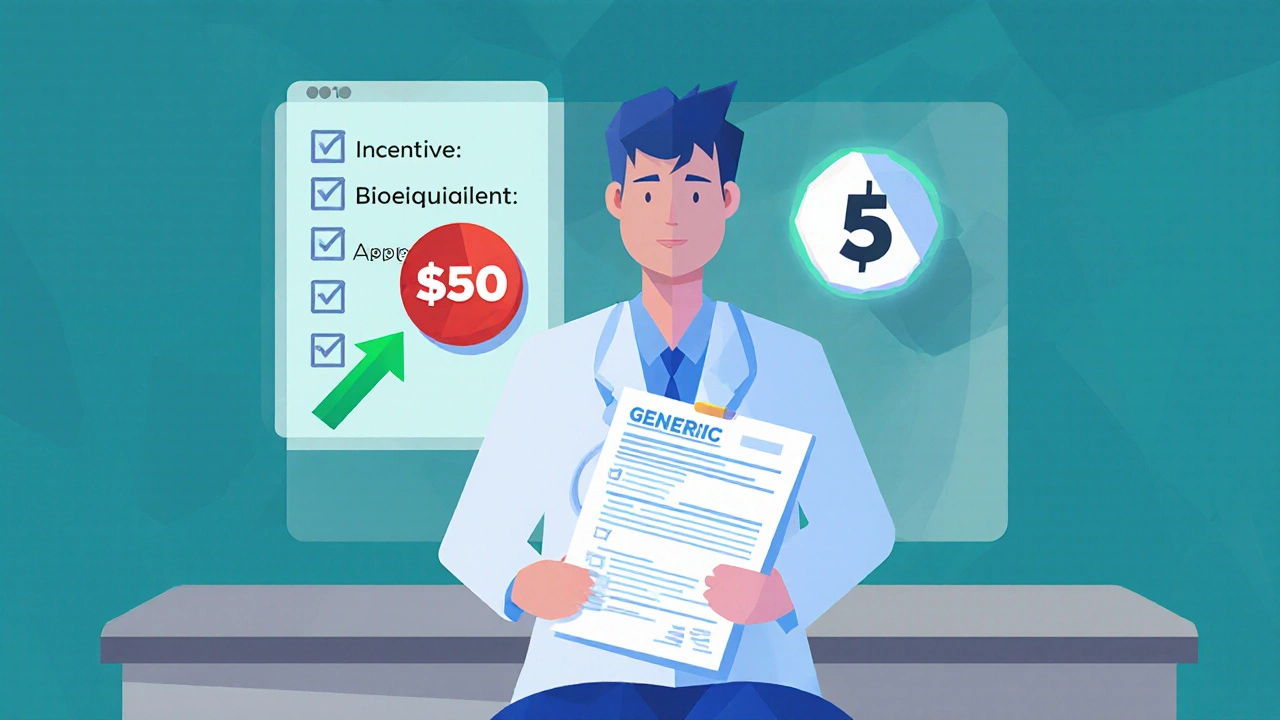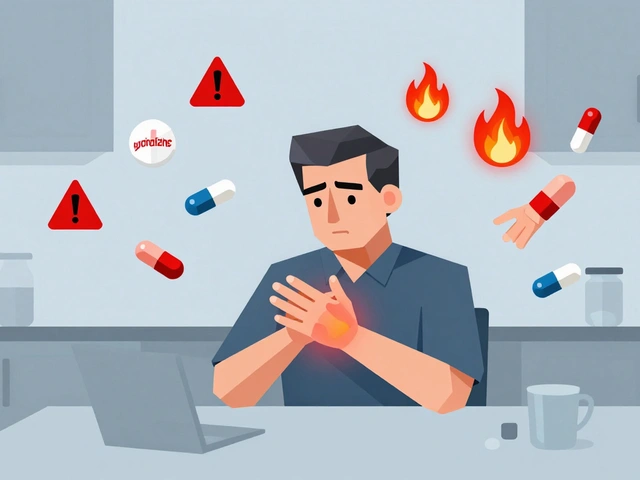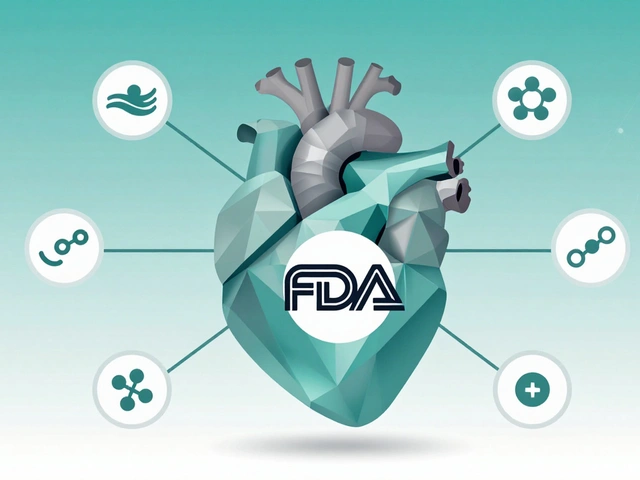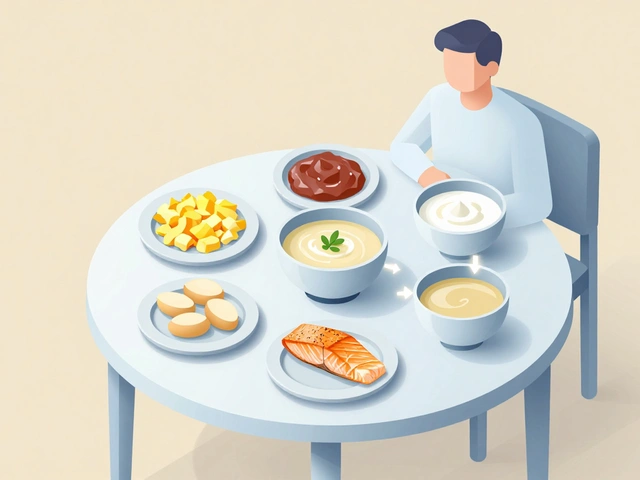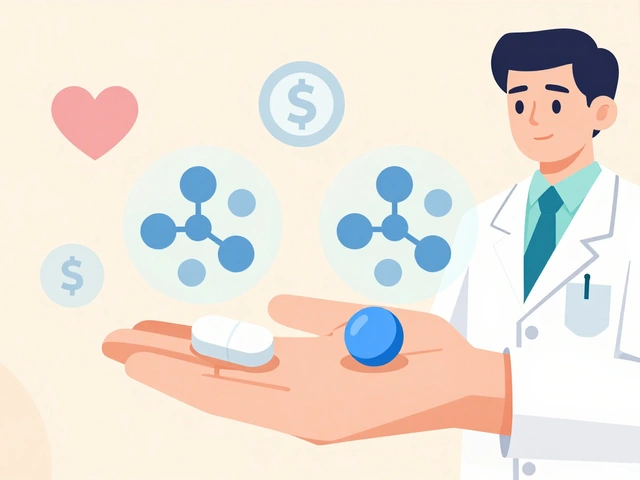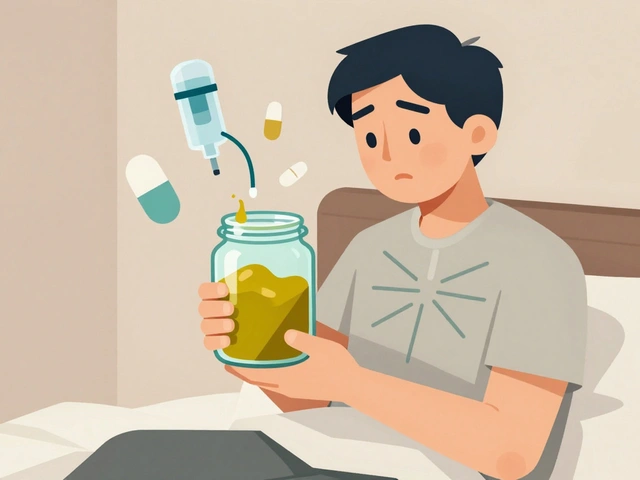Generic Prescribing Incentives: How Financial Rewards Shape Doctor Decisions
When a doctor picks a generic prescribing incentive, a financial or policy-based motivation that encourages doctors to choose lower-cost generic drugs over brand-name versions. Also known as cost-based prescribing targets, it’s not just about saving money—it’s about making sure patients get effective treatment without unnecessary costs. These incentives exist because brand-name drugs can cost ten times more than their generic equivalents, yet work the same way. In the U.S., the Hatch-Waxman Act, a 1984 law that balanced patent protections for brand drugs with faster approval for generics laid the groundwork for this system. But laws alone don’t change behavior. That’s where financial nudges come in—like bonuses for hitting generic prescribing targets, or penalties for overprescribing expensive brands.
Doctors aren’t ignoring science—they’re working in a system that doesn’t always reward it. A 2020 study found that when clinics tied bonuses to generic use, prescriptions for generics jumped by 22% in six months. Meanwhile, patients on the same meds paid 70% less. But here’s the catch: many doctors still don’t fully trust generics because medical schools barely teach bioequivalence. Bioequivalence, the scientific proof that a generic drug performs the same as the brand-name version in the body is a core concept in pharmacology, yet most physicians learn it in a single lecture, if at all. That gap between science and practice is why some doctors still default to brands—even when generics are cheaper and just as safe.
It’s not just about money. Drug pricing, the cost structure set by manufacturers, insurers, and pharmacy benefit managers that determines what patients and providers pay plays a huge role. If a pharmacy gives a doctor a kickback for prescribing a brand, or if the electronic health record auto-fills the expensive option, the incentive isn’t just financial—it’s structural. And when patients see a higher price tag, they assume it’s better. That’s a myth, but it’s a powerful one.
Some countries fix this by mandating generic substitution at the pharmacy level. Others use real-time cost alerts in prescribing software. In the U.S., Medicare Part D now tracks and publishes prescriber patterns—making it public who’s prescribing expensive drugs and who’s not. Transparency is starting to shift behavior. But real change needs more than data. It needs education that sticks, payment systems that align with patient outcomes, and policies that don’t let pharmaceutical marketing drown out common sense.
What you’ll find below are real stories from patients, doctors, and policy makers—each showing how generic prescribing incentives work (or don’t) in practice. From hospital formularies to rural clinics, from insurance formularies to medical school curriculums, these posts cut through the noise. You’ll see how incentives drive real decisions, how patients pay the price when they’re misaligned, and what’s being done to fix it.
Generic prescribing incentives reward doctors for choosing cost-effective generic drugs. Learn how these programs work, their real-world impact, and why some providers push back-even when generics are just as effective.
Continue reading...

